How to Keep Your Flowers Vibrant: Maximize Flower Blooms
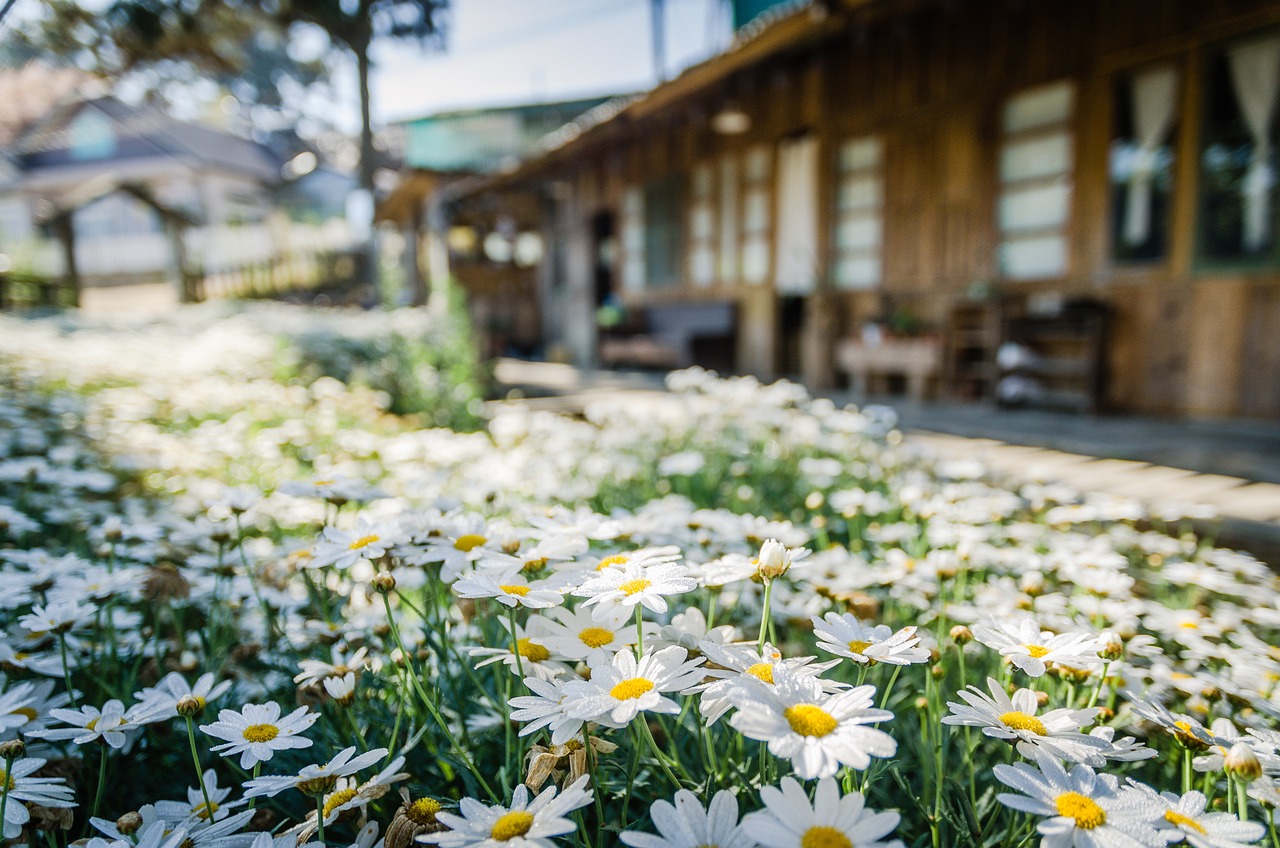
We all love a flowering plant. Whether it is to add color to our gardens or inside our homes, flowers are the choice. But many times—mainly because of a lack of proper gardening knowledge—we end up messing something up, and our flowers either die down or don’t grow as they should.
Botanics is a science, and growing plants requires knowledge. Kind of like how newly pregnant parents need to read up on parenting.
This article will make the guilt of having killed a plant go away (if there was any) and make your garden bloom better than ever, as you can now know how best to plant your flowering angels.
Basic Knowledge
It is never a bad idea to gain a basic level of understanding as to how plants work. We do not mean photosynthesis and stuff, but the knowledge of annual, biennial, and perennial plants.
Seasonal plants have been divided into these three categories with respect to their lifespan. Annuals are plants that live for a single season, biennials for two, and perennials for more than two, generally a few seasons.
When you know this, you know that certain flowering plants only live for a season, and you’d know it wasn’t your lack of proper attention that killed it. When you know this, you will also know your garden requirements and buy perennials, biennials, or annuals accordingly.
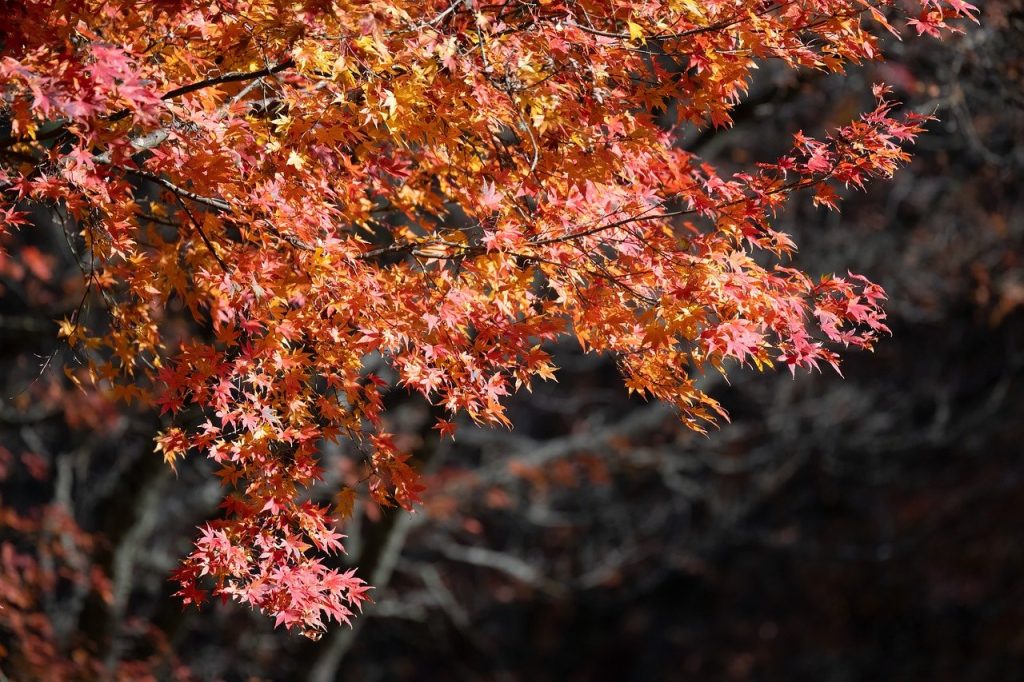
Research Planting Conditions
The first and most important step before taking on the responsibility of a life is to know which plant you are going to plant and what conditions it is suitable for.
The temptation to just buy the plant whose flowers attract you the most in a garden house is understandable. And it is good too, buy the flowering plants you love! But just before you do that, get to know what plant it is and whether you can provide what it requires. The same goes for flower seeds. Get to know the soil, water, and sunlight conditions required before buying. It is also important to make sure you buy good quality flower seeds.
Certain plants require extra water, and some require partial sunlight. You will have to make sure you have a proper place for these plants, potted or otherwise, where they receive the exact amount they require.
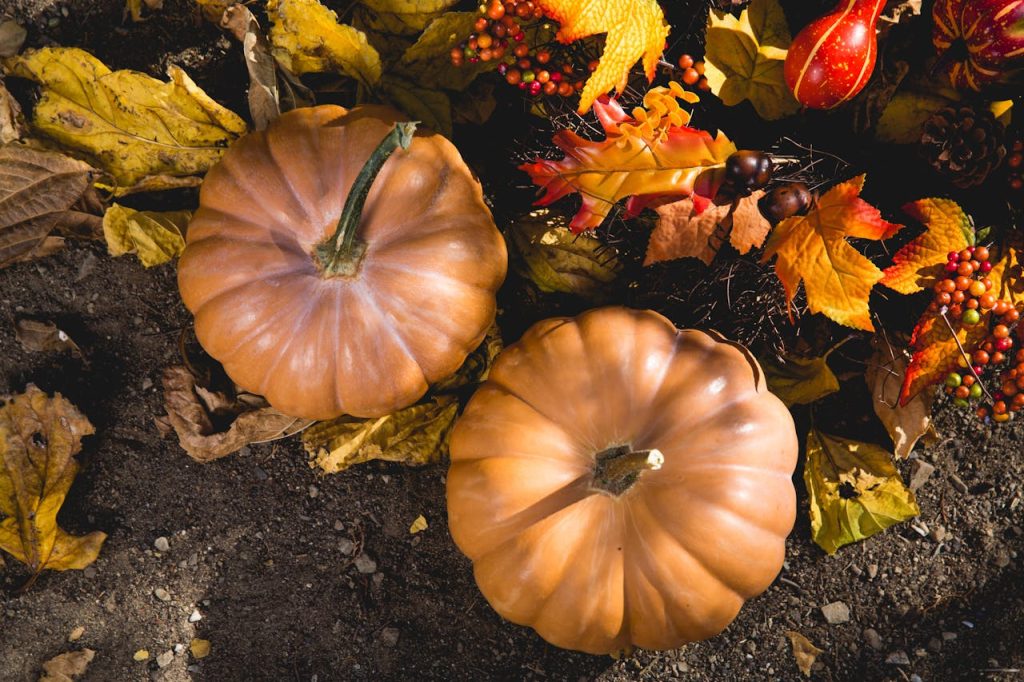
Climatic Considerations
Certain plants grow only in certain climates. Find out whether the seed or plant you buy is suitable for your climate. There are all kinds of flowering plants, from heat-tolerant and cold-resistant to extremely delicate ones. Choose according to your location.
The US Plant Hardiness Zone Map is a good one to refer to while considering climatic conditions. Once you know in which zone your area falls, it becomes easier to know which plants should or shouldn’t be planted.
Watering
We tend to think all plants require equal amounts of water or based on the climate, as with us humans. But such is not the case. In general, flowering plants bloom better when given more water, but this, too, is not universal. Some plants require less water as their leaves are thicker, and some because they are tolerant. Research your plant thoroughly so that you may water it according to its requirements.
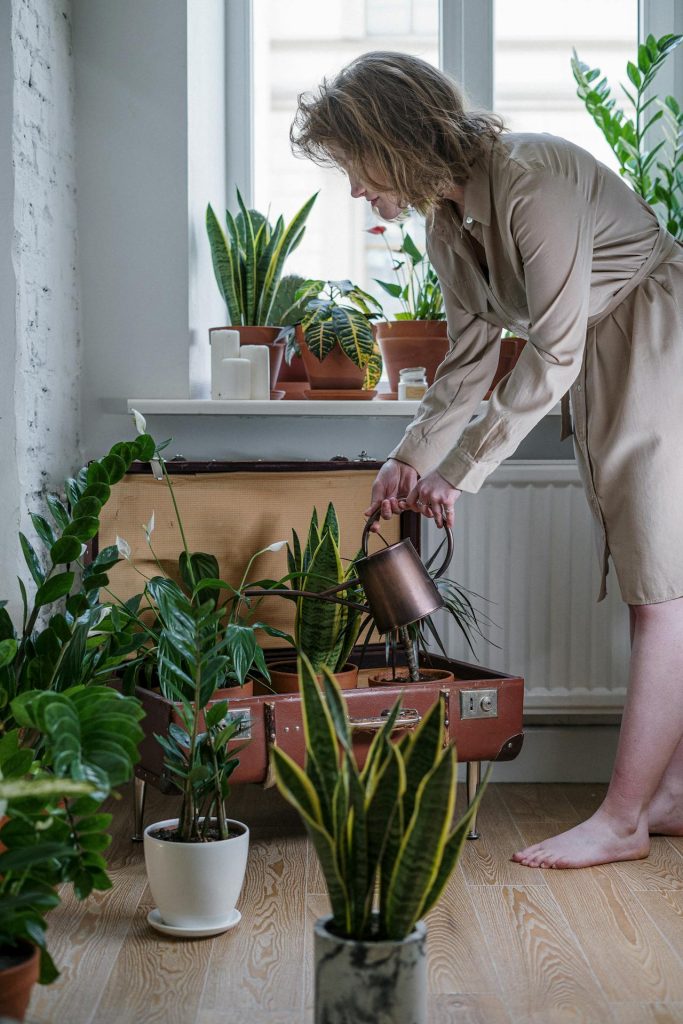
A Good Ecosystem
In their natural habitat, flowers are visited by butterflies and bugs, which help the flowers pollinate and, in turn, provide them with nectar. To keep your flowers forever happy and your garden always busy, try to provide them with a perfect ecosystem where bees and flies can pollinate, where birds come to chirp, and where color constantly blooms.
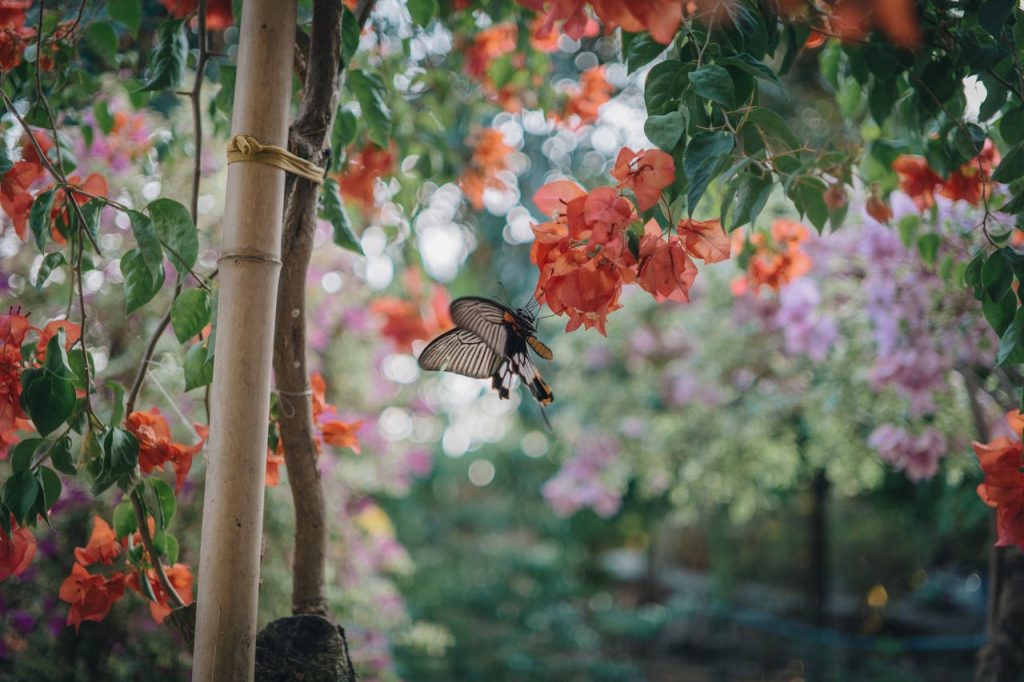
Additional Techniques
Providing your flowers with the best and most suitable conditions is the bare minimum that you must give them. Apart from that, there are various techniques that can be used to help your plants flower more and better.
Fertilizers
Sometimes, natural conditions prove insufficient, and just like we require vitamin supplements, our plants require fertilizers for nutrients.
It is not always necessary, and the type and quantity of fertilizers you use are immensely important. Follow the instructions as they appear on the fertilizer package and choose a good quality one. Note that fertilizers are used only from growth up to flowering, it is not required at any other time.
Deadhead
Deadheading is a pruning technique in which fading or dead flowers are cut away. This is because the flower gives way to seeds after flowering (if pollinated). In gardens or houseplants, that is not required, and the energy the plant uses in that process can be directed towards flowering. Once the faded flower has been cut, the plant produces another one in its place. This keeps your flowers in bloom. Whenever it feels necessary, carry out deadheading to redirect the plant’s attention.
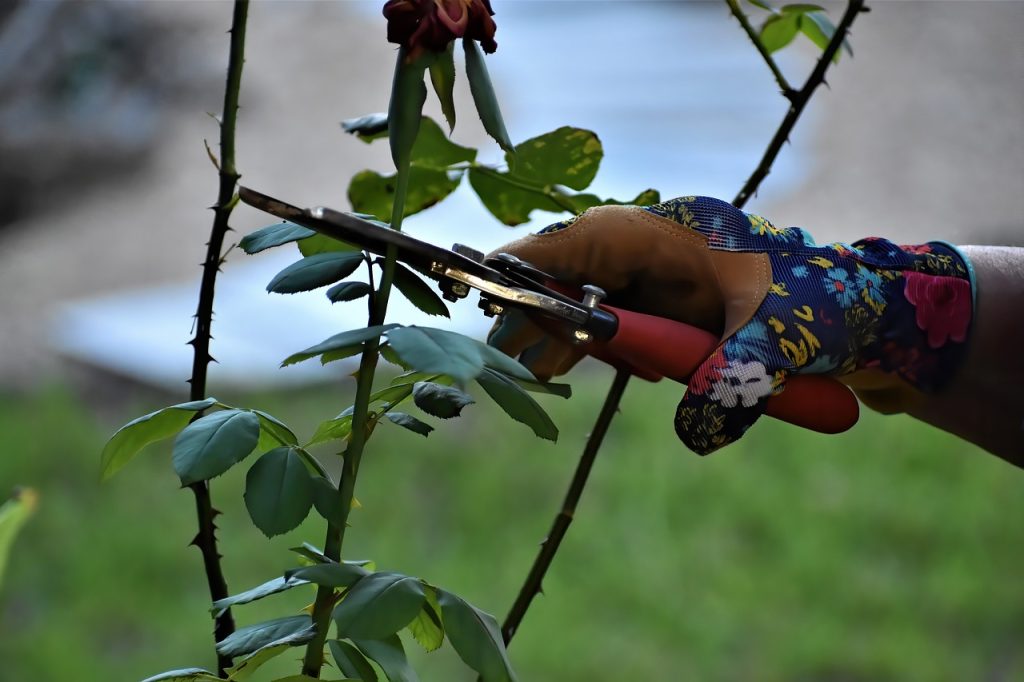
Pinching
Pinching is another form of pruning in which the stem of a dead-end bud or branch is pinched out. This leads to the plant producing more branches and becoming bushier.
More branches, in turn, means more flowers. Pinching is beneficial when you want your plant to flower as much as it can.
Conclusion
With these tips and best practices, you can grow your plants to their full potential. Essential points include providing suitable conditions for the plant’s all-around development in accordance with its requirements. However, remember that the most essential part is research and knowledge acquisition. Once you know what you’re doing, you’ll do well.
Happy Gardening!
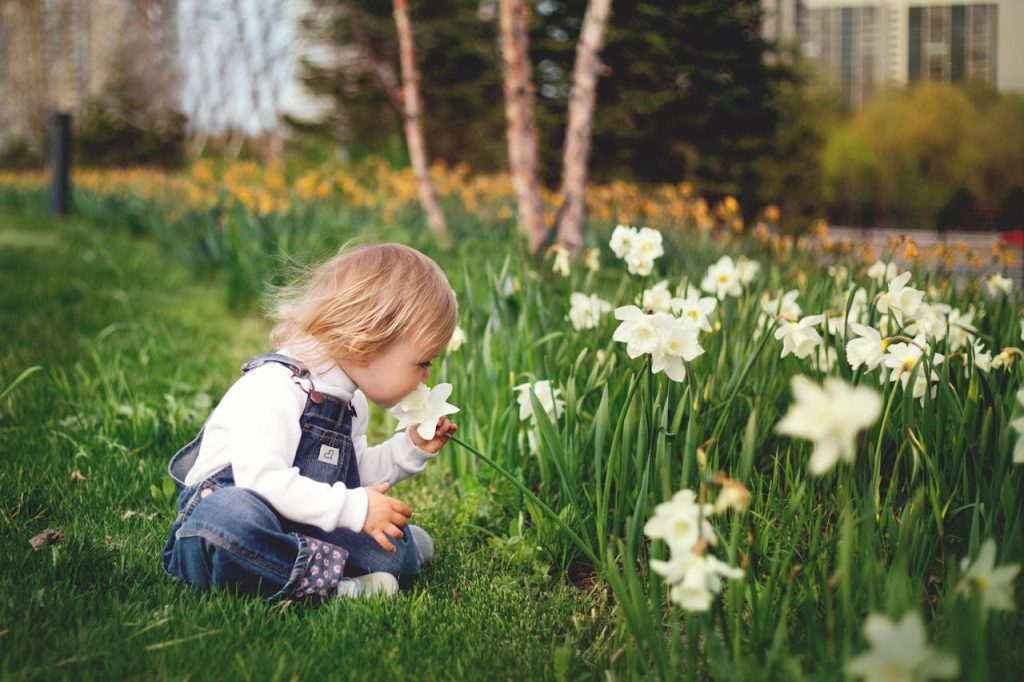
FAQ
One day, you peak at your plants and find them all chewed up. But they were perfectly alright the day before; what happened? Insects happened (or animals, if it’s an outdoor garden).
In case of leaves being chewed up from the corners or in circles, it’s definitely insects. When whole leaves are torn off, then it’s an animal. It could be rabbits or deer. There are various ways to deal with them. You could spray chemicals, call pest control, and if it’s a garden, you can add a fence. The best thing would be to call up a service that will deal with it.
Choosing between an annual, biennial and a perennial is not as easy a choice as it would seem. Each has its own advantages and disadvantages. An annual plant will last only a year but will bloom throughout the season. A perennial will last longer but will bloom during only a certain time of the season. A biennial is sort of in the middle of them both. Lasts for two years, takes a while to settle and flower, but then blooms throughout the season.
It would be best if you chose depending on how long you want to keep the plant for and how much effort you can put forward. Perennials last pretty long but then require pinching and care. In terms of attention, annuals are better as they can be removed after a year of bloom, and new ones can be brought in.
Fertilizers have a strong effect, so make sure to not use too much of them. No fertilizing is better than too much fertilizing. Your plant will survive on its own but will surely die down if too much fertilizer is used.
As for how to fertilize, choose a trustworthy company, research whether your plant requires it, and if it does, follow the instructions on the package. You can use a smaller quantity as per your understanding, but follow the other instructions properly.
Each flowering plant has specific water needs, so to give a generalized answer would be wrong. Find out the specific water conditions your plant requires and then water it accordingly.
In case of plants that need to be watered regularly, check by pushing your knuckle into the mud before you water. When the mud is dry, knuckle deep, and then water. Too much water will also rot your plant just as too little will make it wilt. Certain plants, like money plants, can be watered between intervals of a week or ten days, as they require less water comparatively.
The best time to cut the flowers is in the morning when they are fresh. Make sure to never cut buds or flowers that haven’t fully bloomed. Only cut a flower when it has fully bloomed. And similarly, do not let the flower die out in the plant on its own as the plant will flower seeds post that (unless you want it to seed, in that case don’t cut it out) and will begin its eventual death. Pinching is a great technique through which you can extend the bloom of flowers in your plant for as long as it’s possible.
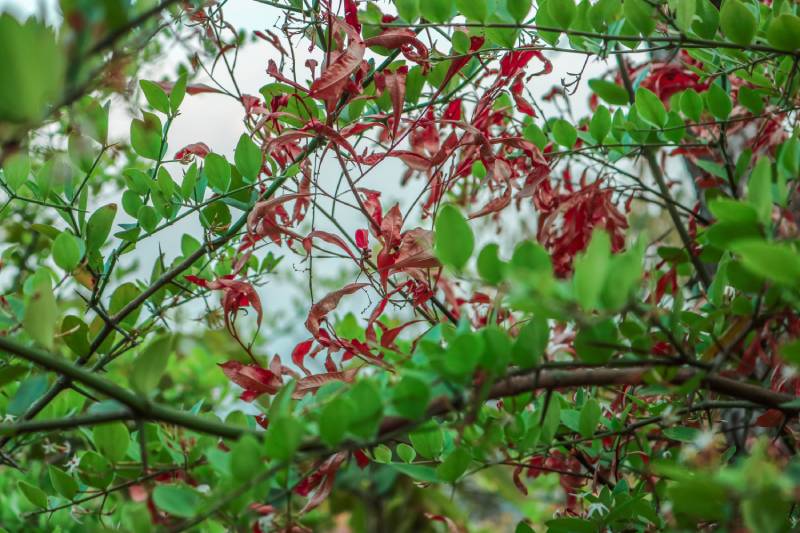
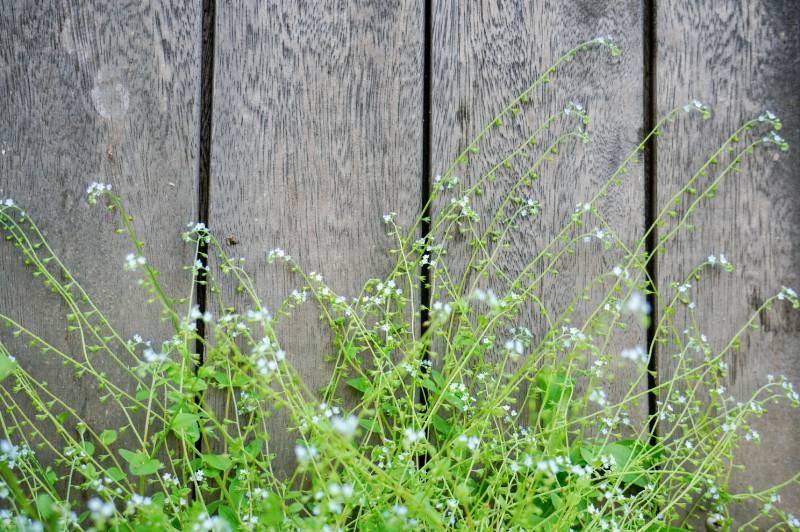

Leave a Reply